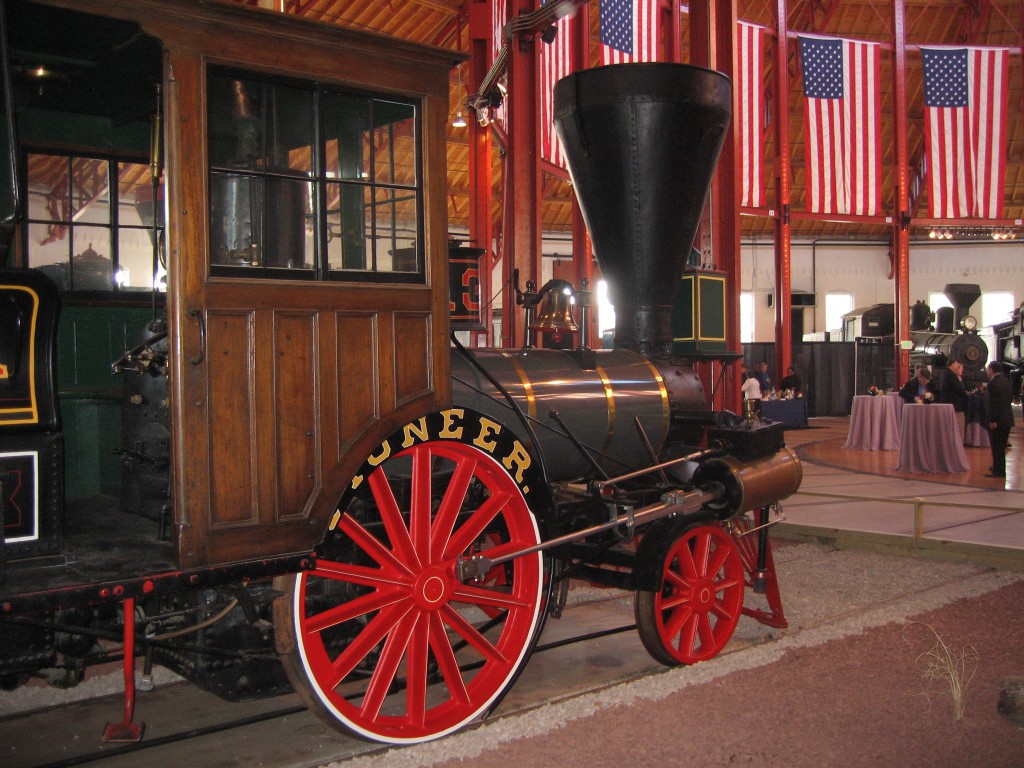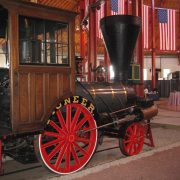Thanks to everyone who joined us at the 2013 Affiliations National Conference! We had a record-breaking 119 attendees from 74 Affiliates in 31 states and Puerto Rico join us! We know we learned a lot from you and hope you learned something new, met a new colleague, or discovered new possibilities while you were in town. Feel free to share the below post-conference resources with your colleagues who weren’t able to join us this year. And stay tuned…we’ll be uploading the digital recordings for many other sessions shortly. For now, enjoy the webcasts from our two keynote addresses and our one session on mobile marketing as well as the PowerPoint presentations from most sessions (Click on each speaker’s name to find the presentation). View the conference guidebook here and check out photos on our Flickr Photostream too! Contact Elizabeth Bugbee with any questions, comments or other feedback. Thanks for a seriously amazing conference!
Tuesday, June 11
Keynote Address:
Re-purposing the Museum: Using Digital Tools to Re-engage Young Audiences
Stephen Brown, President and Executive Producer at Mobile Digital Arts and General Manager of the New Learning Institute
Linking the Landscape: Digital Outreach to Small Towns and Rural Communities
Tom Falvey, Director of Education, South Carolina State Museum
Carol Harsh, Director, Museum on Main Street, Smithsonian Institution
Sonchia Jilek, Executive Director, The Pinhead Institute
Digital Trends: Crowdsourcing, 3-D, and Badging, Oh My!
Herbert Maschner, Director, Idaho Museum of Natural History
Lynn-Steven Engelke, Director of Programs, Smithsonian Center for Learning and Digital Access
Kathryn Burke, Museum Technician, National Postal Museum
SITES=Success: Transforming Museums Through Traveling Exhibits
Micah Parzen, Chief Executive Officer, San Diego Museum of Man
Betsy Gordon, Project Manager, National Museum of the American Indian
Jonathan Stevens, President and Chief Executive Officer, American Textile History Museum
Jennifer O’Keefe, Special Assistant to the Director, Smithsonian Institution Traveling Exhibition Service
Establishing Deeper Connections: Creating a Culture of Membership
Christi Janssen, Executive Director, The Durham Museum
Laurie Pillman, Membership Coordinator, Peoria Riverfront Museum
Make It Mobile: The New Museum is in Your Hand
Richard Cooper, Manager of content Development & Interpretation, National Underground Railroad Freedom Center
Heather Foster, Writer, Editor, Web Content Manager, Smithsonian Institution Traveling Exhibition Service
Nancy Proctor, Head of Mobile Strategy & Initiatives, Smithsonian Institution
What’s The New Normal? Strategies for Survival and Reinvention
Thomas Stoneback, Executive Director, National Canal Museum
Jose Santamaria, Executive Director, Tellus Science Museum
Camille Akeju, Director, Smithsonian Anacostia Community Museum
Wednesday, June 12
A Peek at “Object Project” at the National Museum of American History (Workshop Tour)
Howard Morrison, Director of Education and Interpretation
Judy Gradwohl, Assistant Director for Education and Public Programs
Click here for a diagram reporting on visitors’ responses to questions about their connections to history, motivations for visiting, expectations for their visit, actual visit experiences, and perceptions of benefits.
Click here for the front-end evaluation report for the new National Museum of Natural History learning center.
Keynote Address:
Envisioning a National Network of Early Learners
Kimberlee Kiehl, Executive Director, Smithsonian Early Enrichment Center
With an introduction from Marsha L. Semmel, former Director of Strategic Partnerships, Institute of Museum and Library Services
Full STEAM Ahead: Integrating Science, History and Art
Ellen Rosenthal, President and CEO, Conner Prairie
Brian Mancuso, Director of Exhibits, Conner Prairie
Jeff Dunn, Planetarium Supervisor, Mystic Seaport
Deborah Stokes, Education Specialist, National Museum of African Art
Collaboration Block: Seriously Amazing Opportunities
- Places of Invention: The Lemelson Center for the Study of Invention & Innovation
Julia Swan, Adult Public Programs Manager, Museum of History and Industry
Anna Karvellas, Places of Invention Affiliates Project Coordinator, The Smithsonian’s Lemelson Center for the Study of Invention & Innovation
Kate A. Lukaszewicz, Lead Educator, Senator John Heinz History Center
- Youth Capture the Colorful Cosmos: Smithsonian Astrophysical Observatory
Combined session presentation
Lindsay Bartholomew, Miami Science Museum, Moderator
Christopher Myers, U.S. Space & Rocket Center
Chelsea Dorman, Educator, College Park Aviation Museum
James Wells, Education Program Manager, York County Culture & Heritage Museums
- Our American Journey
Elizabeth Bly, Director of Grants, Japanese American National Museum
Magdalena Mieri, Director, Program in Latino History & Culture, National Museum of American History
Pino Monaco, Director of Program Evaluation & Audience Research, Smithsonian Center for Learning and Digital Access
- Smithsonian Science NOW: National Museum of Natural History
Combined session presentation
Margaret Benson, Online Community Manager
Colleen Marzec, Managing Producer Web Portal
Created with Admarket’s flickrSLiDR.













